Did you know that low tire pressure is one of the leading causes of tire blowouts? It can seriously impact your safety and your car's performance. Regularly checking your tires can save you from unexpected mishaps and make driving smoother and safer. This comprehensive guide dives straight into actionable tips and essential knowledge about tires to help you stay safe on the road and get the most out of your driving experience.
Understanding Tire Types and Structures
Tires play a crucial role in vehicle performance, safety, and comfort. Here, we break down the common types of tires and their structures:
| Characteristic | Car Tires | Off-Road Tires | Road Bike Tires | Mountain Bike Tires |
|---|---|---|---|---|
| Tread | Smooth pattern for low noise and strong grip | Large grain patterns with deep grooves for anti-slip and muddy terrain | Smooth with fine lines for high-speed performance | Tooth-like patterns for anti-slip and strong grip |
| Sidewall | Medium thickness with anti-crack properties | Lightweight design with strong elasticity | Ultra-thin and lightweight for efficiency | Thin yet highly elastic for durability |
| Carcass | Durable polyester material | Reinforced structure for rugged terrain | High TPI for finer weave and better performance | Puncture-resistant design |
| Valve Type | Schrader | Schrader | Presta | Schrader or Presta |
| Primary Use | Everyday driving on paved roads and highways | Adventure driving on rocky trails and muddy paths | Competitive cycling and long-distance rides | Challenging terrains like rocky paths and loose soil |
| Key Features | Focus on comfort and durability | Maximum grip and durability in extreme conditions | Speed and efficiency optimized | Superior grip and stability |

Valve Types Display
The type of air nozzle used in a tire is crucial for maintenance and compatibility with inflators. According to follow detailed tire valve stem guide, there are two main types:
- Schrader Valve: Common in car and mountain bike tires, these are wider and more robust, making them easy to use with standard inflators.
- Presta Valve: Found in road bikes and some mountain bikes, these are narrower and require specialized pumps or adapters.

How Do You Check Tire Pressure Regularly?
Maintaining proper tire pressure is essential for safety and performance. Learn the complete guide to proper tire inflation to ensure optimal vehicle performance. Here's how you can check it:
Manual Measurement
- Take out a tire pressure gauge.
- After the vehicle has cooled down, align the gauge with the valve stem.
- Read the tire pressure value and compare it with the vehicle's standard tire pressure to determine if it is within the normal range.
Onboard Tire Pressure Monitoring System (TPMS)
Modern vehicles often come equipped with TPMS, which offers:
- Real-time tire pressure readings are displayed on the dashboard.
- Alerts and indicator lights are available when tire pressure is abnormal, ensuring timely maintenance.
Checking Tire Specifications
Tire specifications are typically printed on the sidewall and include details like size, load index, and speed rating. Understanding these markings ensures proper tire selection and compatibility with your vehicle.

Introduction to Wheel Aspect Ratio
What is the wheel Aspect Ratio?
The wheel aspect ratio is the height of the tire's sidewall expressed as a percentage of its width.
Aspect Ratio=H/Wx100%
- Low Aspect Ratio (e.g., 40%):
- Thinner sidewalls for better handling.
- Ideal for high-speed driving and sports vehicles.
- Slightly reduced ride comfort.
- High Aspect Ratio (e.g., 70%):
- Thicker sidewalls to absorb more vibrations.
- Enhances ride comfort, though handling performance is slightly diminished.
- Common in SUVs, off-road vehicles, and family cars.

Treadwear and Replacement Standards
Monitoring your tire's tread depth is key to ensuring safety on the road:
-
Tread Depth Standards:
- 3.5mm: Good condition.
- 2.5–3.5mm: Normal condition.
- <2.5mm: Replacement recommended.
- 1.6mm (Limit): Immediate replacement required.
Regularly checking tread depth prevents accidents and ensures optimal performance, especially in wet or slippery conditions.
Why Electric Car Tires Need Higher Tire Pressure
Electric vehicles demand more from their tires. Here's why:
- Carrying Capacity: Electric vehicles are typically heavier, requiring tires with higher load-bearing capacity.
- Reduced Resistance: Higher tire pressure minimizes rolling resistance, extending driving range.
Additionally, the unique torque characteristics of electric motors demand tires that can handle increased stress without compromising durability.

Adjusting Bicycle Tire Pressure for Different Conditions
Get the most out of your bike by adjusting tire pressure to match the terrain:
- Road Riding: Maintain high tire pressure (90-120 psi) to reduce rolling resistance.
- Mountain Riding: Use lower tire pressure (30-50 psi) for better grip and shock absorption.
- Rainy or Slippery Surfaces: Reduce tire pressure slightly to enhance grip.
- Adjusting for Rider Weight: Heavier riders should increase tire pressure for optimal performance.
- Experimenting with tire pressure allows riders to fine-tune their biking experience for maximum comfort and efficiency.
Pro Tips for Tire Maintenance
- Regular Inspections: Check for visible damage, such as cuts, bulges, or embedded debris.
- Rotations: Rotate your tires every 5,000–7,000 miles to ensure even wear.
- Alignment: Misaligned wheels can cause uneven tire wear, affecting performance and safety.
- Seasonal Adjustments: Swap to winter or summer tires as needed for optimal traction and safety.
Take Your Driving Experience to the Next Level
Your tires are the unsung heroes of your vehicle, impacting everything from fuel efficiency to safety. Don't wait until it's late—take control of your driving experience by staying on top of tire maintenance. Regular checks and proper care not only improve your safety but also save you money in the long run.
Ready to keep your tires in peak condition? Explore Fanttik's innovative tire inflators and maintenance tools -designed to make tire upkeep quick, easy, and hassle-free. Keep your vehicle running smoothly and efficiently, no matter where the road takes you.
Act now and start taking better care of your tires today! Your next adventure is waiting, and it begins with your tires!

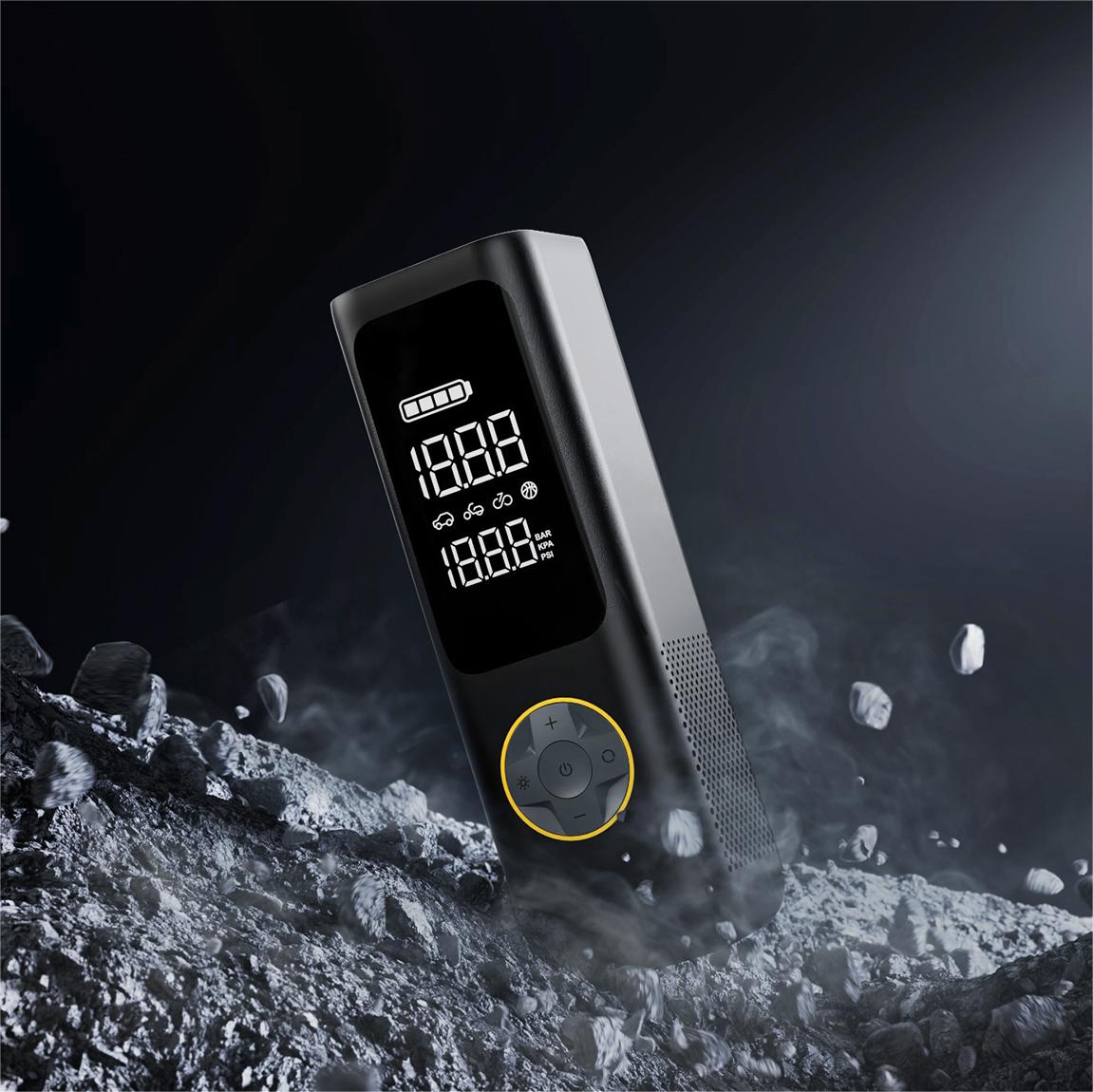
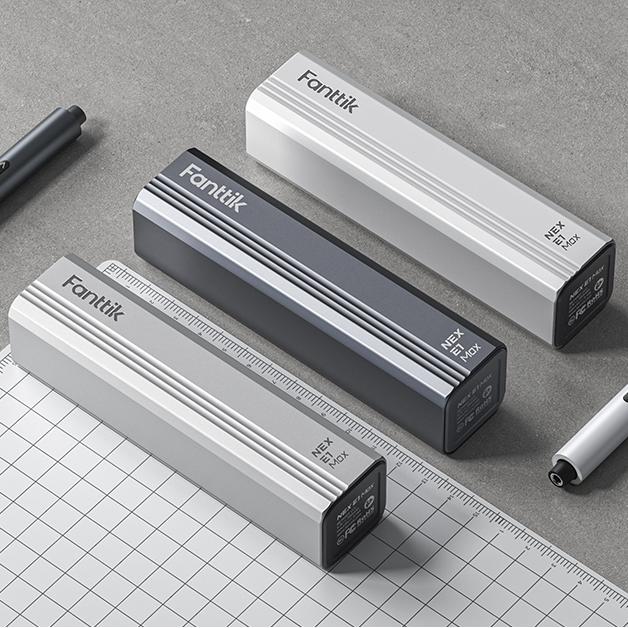

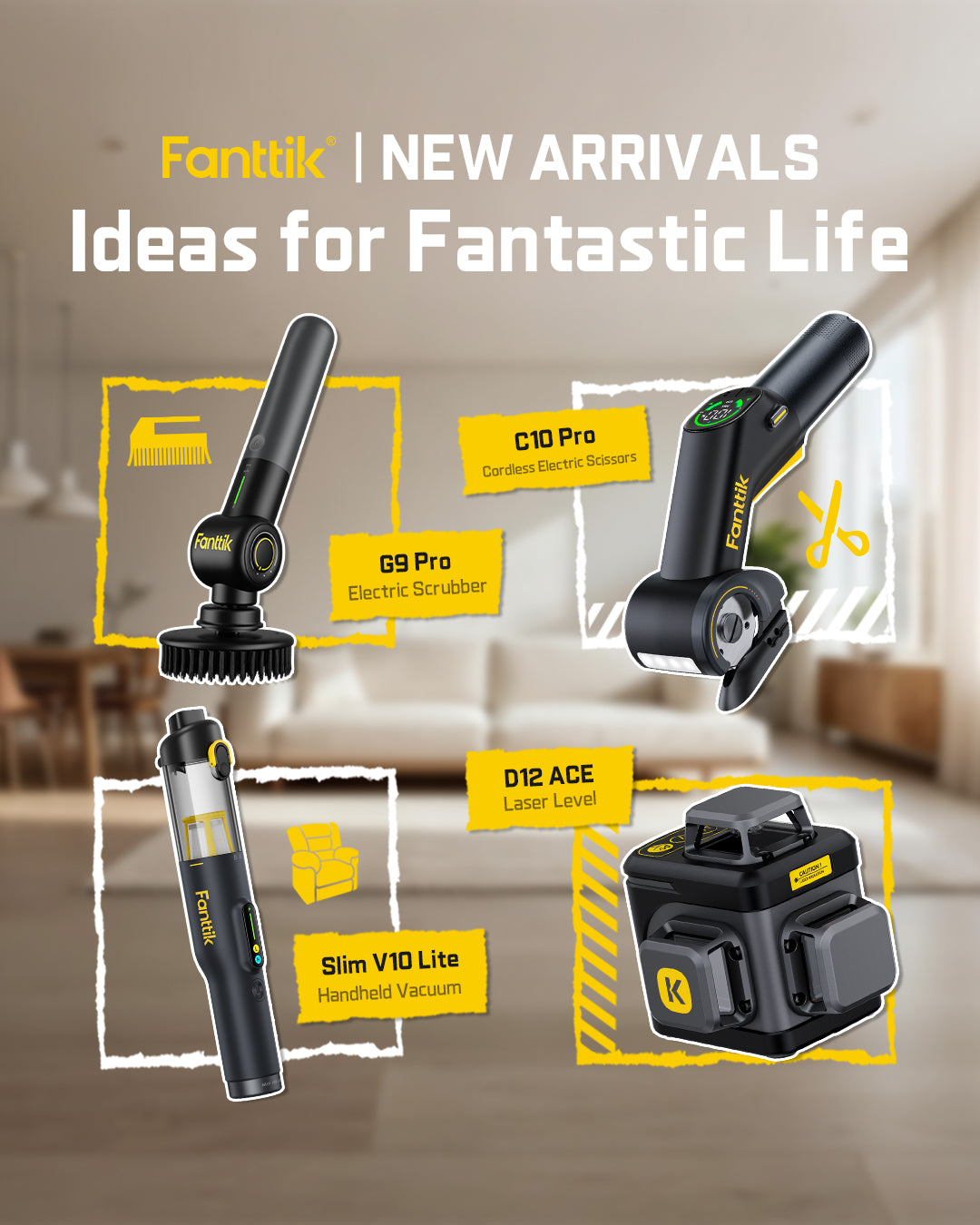
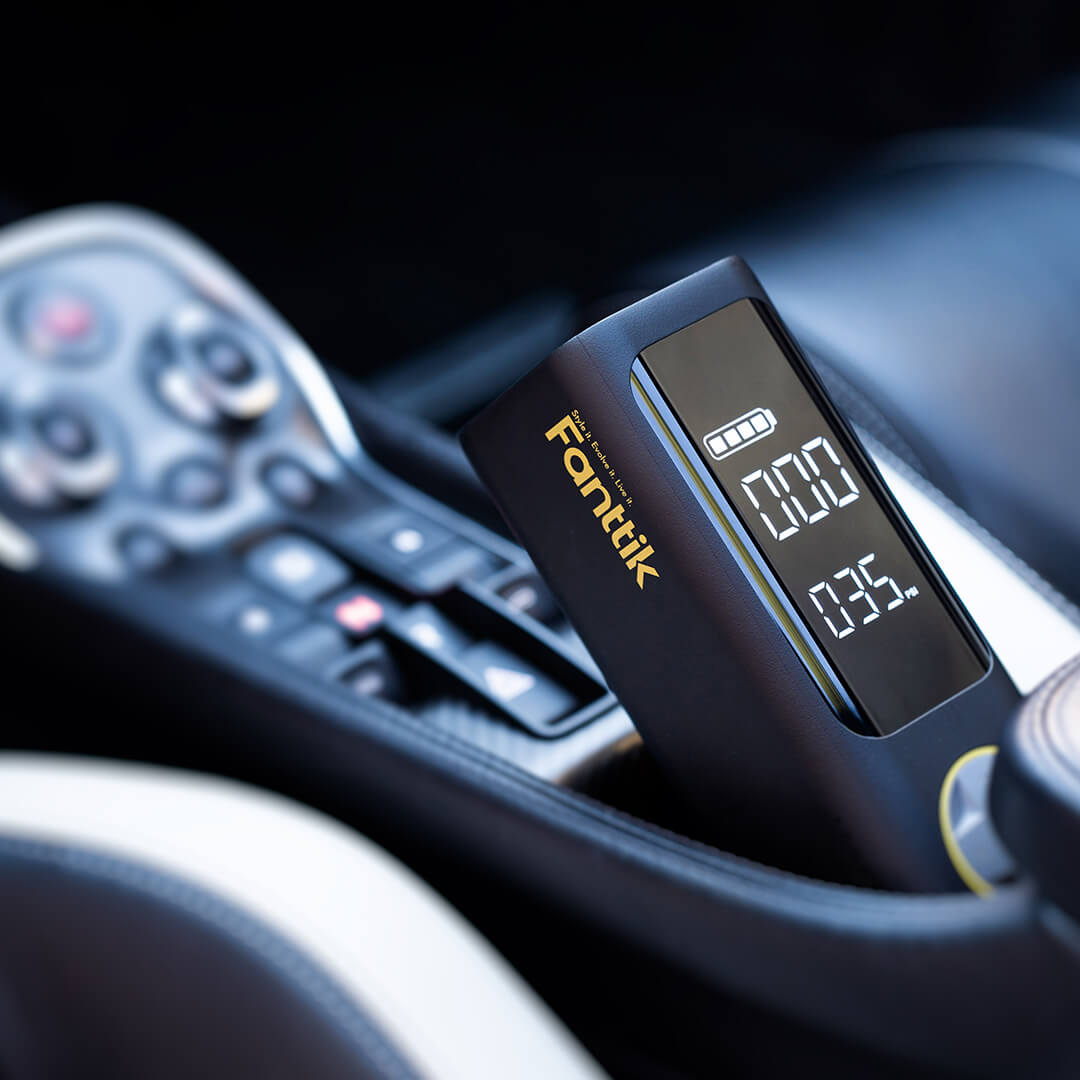
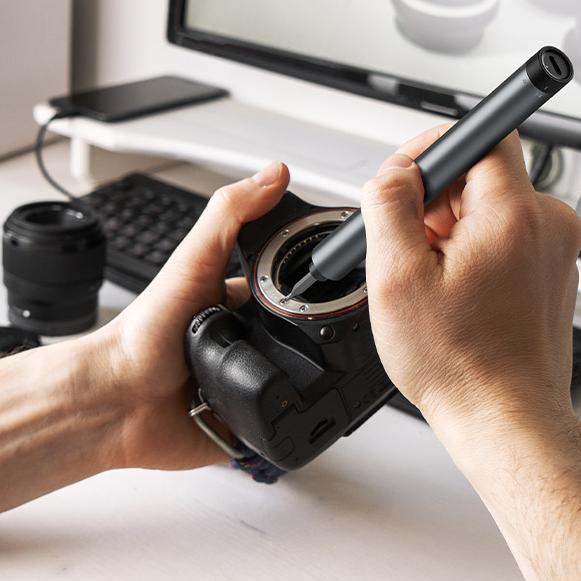



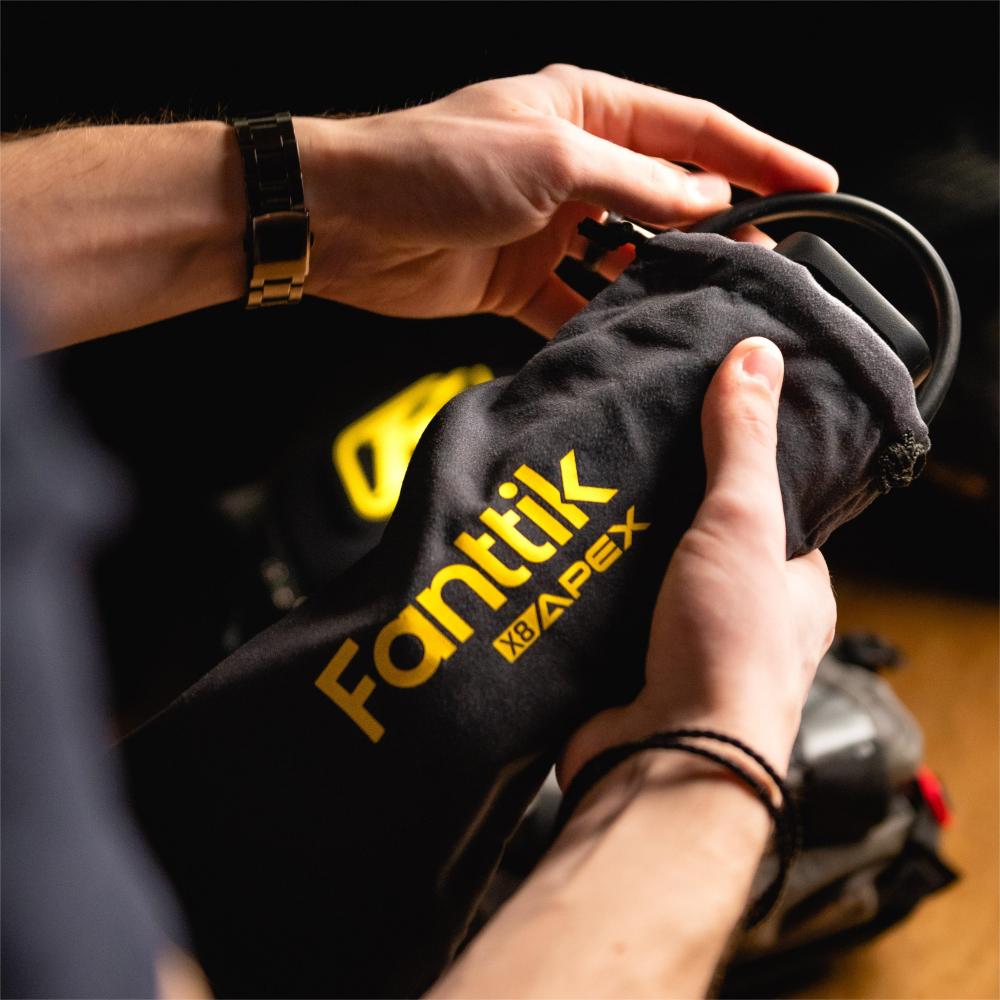

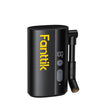
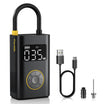
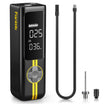
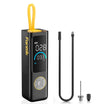
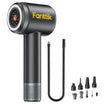
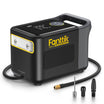
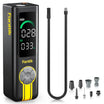
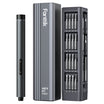

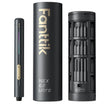
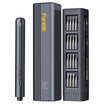
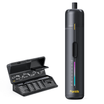
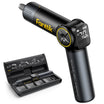
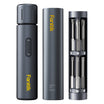
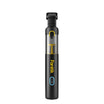
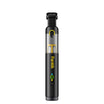
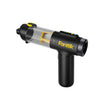
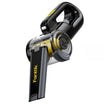
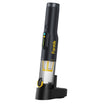
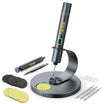
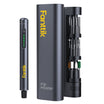
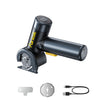
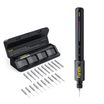
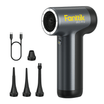

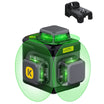

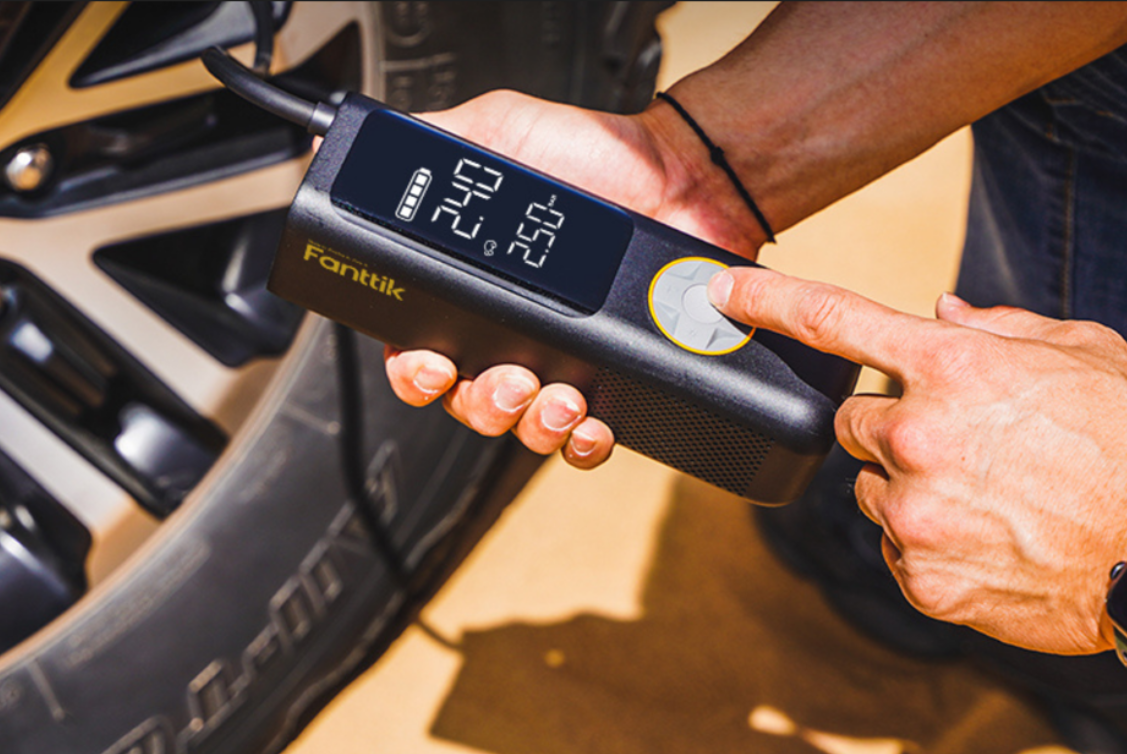
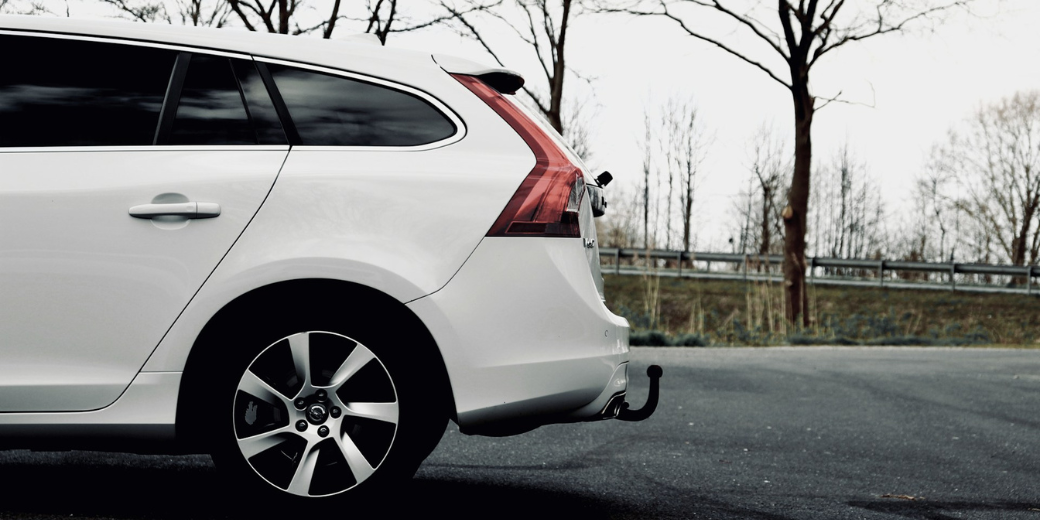
Leave a comment
This site is protected by hCaptcha and the hCaptcha Privacy Policy and Terms of Service apply.